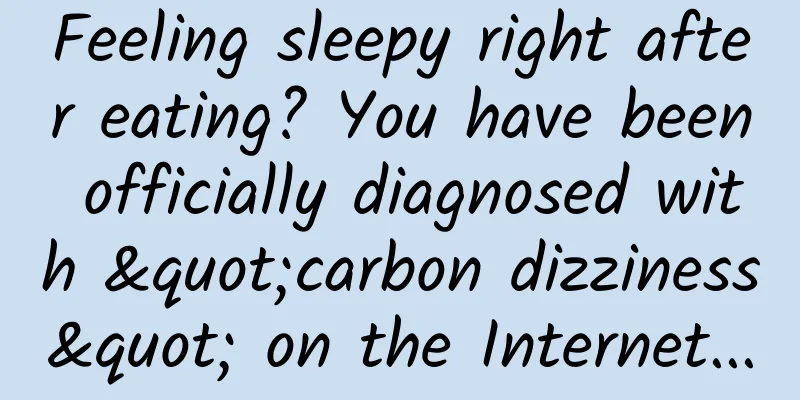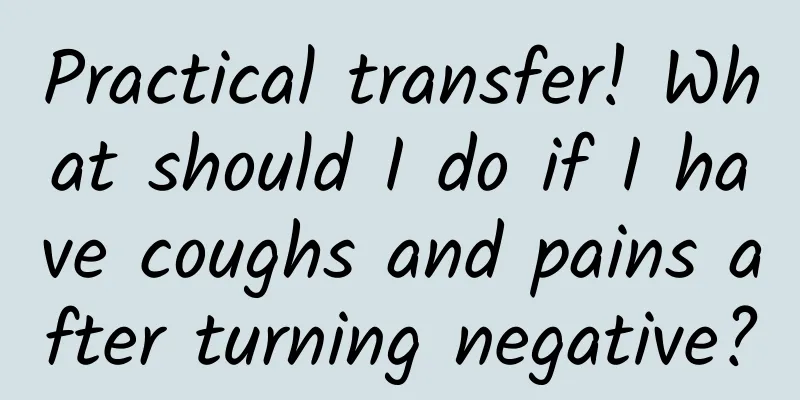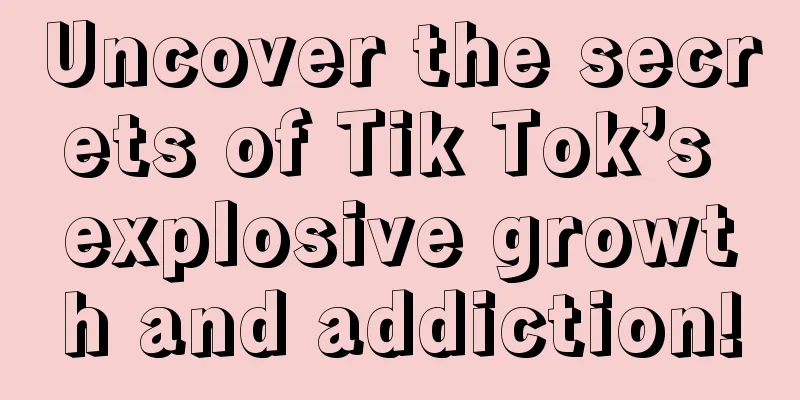Feeling sleepy right after eating? You have been officially diagnosed with "carbon dizziness" on the Internet...

|
After a big meal, you feel sleepy Lying in bed and browsing the phone I found myself being officially diagnosed with "Carbon Halo" on the Internet. Good, this is what you confirmed on the Internet Symptom No. 10086 So, is there any scientific basis for “carbon halo”? Is this physical reaction normal? What is "halo carbon" "Carbohydrate dizziness", as the name suggests, is not a professional term in itself, but refers to the phenomenon of feeling sleepy after consuming a large amount of carbohydrates. It can also be called "postprandial somnolence" or "food coma". How does “carbon halo” occur? "Carb halo" is actually the result of the combined effects of multiple physiological processes in our body, but the main reason is the fluctuation of hormone levels caused by increased blood sugar after meals. When we have a full meal and consume a large amount of refined carbohydrates with a high GI (glycemic index), our blood sugar rises rapidly. GI table of common staple foods Source: duoxiwa Increased blood sugar stimulates insulin secretion, and high insulin levels promote the conversion of tryptophan in the liver into serotonin. Serotonin is a neurotransmitter that undergoes a series of biochemical reactions in the pineal gland before eventually converting into melatonin and secreting it into the blood. Melatonin is a hormone that regulates the body's circadian rhythm, which makes our bodies feel sleepy and makes us feel "ah, it's time to go to bed." Insulin regulates melatonin secretion Image source: Internet In addition to the above physiological mechanisms, there are several other factors that may exacerbate the "carbon halo" phenomenon: Cholecystokinin (CCK) Cholecystokinin is a digestive hormone secreted by the small intestine after food is ingested. CCK helps digest fats and proteins, but it also acts in the brain to enhance feelings of fullness and induce sleepiness. Orexin Orexin is a wakefulness-promoting neuropeptide whose secretion is influenced by blood glucose levels. After eating, blood glucose levels rise, leading to increased insulin secretion, which inhibits orexin secretion. This inhibition reduces orexin activity, which in turn reduces wakefulness and increases sleepiness. In addition, orexin deficiency is associated with narcolepsy, which also supports the key role of orexin in regulating wakefulness and sleep. Biological rhythm The body's circadian rhythm also affects the degree of post-meal sleepiness. After lunch, the human body naturally reaches a physiological trough, which is one of the reasons why it is particularly easy to feel sleepy after lunch. The evolutionary significance of carbon haloes From an evolutionary perspective, if our ancient ancestors were able to eat a meal rich in carbohydrates, it often meant that they had finished hunting or foraging and were in a safe place. This was a good time to rest and restore energy so that the body could better digest food and store energy. This behavior may have been retained during evolution and still affects the physiological responses of modern people. Is “Carbon Halo” Harmful to the Body? "Carb halo" is essentially a normal physiological reaction, but frequent post-meal sleepiness may indicate that our diet structure is unreasonable or there are potential health problems. Long-term high-sugar and high-fat diets not only lead to weight gain, but may also increase the risk of diabetes and cardiovascular disease. Therefore, we should still control the intake of carbohydrates moderately. In addition, if you suddenly experience "carb dizziness" for a period of time, you should also consider whether you are under too much stress or lack of sleep recently. How to avoid the "carbon halo" phenomenon? Choose low GI foods Low GI foods release energy slowly, preventing sudden spikes and drops in blood sugar. Whole grains, vegetables and some fruits are good choices. Balanced diet Eating less high-fat, high-carb foods such as fried foods, cakes, and desserts, and increasing the intake of protein and dietary fiber can slow down the absorption of sugar and reduce blood sugar fluctuations. Adjust the order of eating When eating, follow the order of eating vegetables (dietary fiber) first, then fish, meat, eggs and milk (protein and fat), and finally staple food (carbohydrates). This will be better for our postprandial blood sugar and will not easily make us gain weight. A healthier eating order. See watermark for the source. Eat small, frequent meals Avoid eating too much at one time and take small meals frequently to help stabilize blood sugar levels and reduce tiredness after meals. Moderate exercise As the saying goes, "Take a hundred steps after a meal and you will live to be ninety-nine." Moderate exercise after a meal, such as walking, can help promote digestion and blood circulation and relieve drowsiness. Of course there is another way, which is to drink some coffee. The "carb halo" phenomenon is a natural reaction of our body to a large amount of carbohydrate intake. Although this reaction is normal, we can effectively reduce the occurrence of this phenomenon and maintain a good physical condition through a reasonable diet and moderate exercise. Understanding the scientific principles behind "carb halo" can help us better manage our diet and lifestyle habits, thereby improving the quality of life. END References: Liddle, RA, Goldfine, ID, Rosen, MS, et al. (1985). "Cholecystokinin bioactivity in human plasma. Molecular forms, responses to feeding, and relationship to gallbladder contraction." J Clin Invest, 75, 1144-1152. Wolever TM. Dietary carbohydrates and insulin action in humans. Br J Nutr. 2000 Mar;83 Suppl 1:S97-102. Bazar KA, Yun AJ, Lee PY. Debunking a myth: neurohormonal and vagal modulation of sleep centers, not redistribution of blood flow, may account for postprandial somnolence. Med Hypotheses. 2004;63(5):778-82. Henry, CJ, Kaur, B. & Quek, RYC Chrononutrition in the management of diabetes. Nutr. Diabetes 10, 6 (2020). Rehfeld, JF, Sennels, HP, Jørgensen, HL, et al. (2020). "Circadian variations in plasma concentrations of cholecystokinin and gastrin in man." Scand J Clin Lab Invest, 80, 546-551. Author: Cheng Xin Beijing Normal University, Master of Social Psychology Editor: Dong Xiaoxian |
>>: Gifts from the Deep Earth: Why are hot springs hot? What other uses does geothermal energy have?
Recommend
Japanese smart TVs are criticized: buying a large display at a high price
With excellent user interface and massive content ...
APP message push is a double-edged sword, 6 key factors of APP Push!
Push notifications are one of the most important ...
Zhihu’s operational strategy
I recently updated the Zhihu app to 6.46.0., and ...
Jizhitang: Tell you what new features iOS 9 has
Today we welcome the third public beta of iOS 9. ...
The latest news on Zhengzhou’s lifting of lockdown in 2022: Has it been lifted? When will express delivery resume?
From March to April 30, Zhengzhou has experienced...
Resource post | A must-have tool for excellent Internet operators!
If you want to do your work well, you must first ...
Your farts contain information about your health!
Farting is generally a good thing, as the accumul...
360 N7 mobile phone review: a powerful PUBG mobile phone
For several years, 360 mobile phones have been fo...
Why is your community always asleep? Don’t fall into these four pitfalls when building a community
Pitfall 1: Before establishing a group, the posit...
Man's Country Project Course, follow the footsteps of money-making masters to make 100,000+ yuan a month by doing projects
Man Country Project Course, follow the footsteps ...
If the corals are gone, where will the crabs attach themselves to?
At present, global climate change, especially glo...
Why do users dislike ads? There are 5 factors
Let's get straight to the point. The five fac...
How can an APP quickly build a push operation system?
The Internet population dividend has completely b...
Russian beauty shouting video online production, online order, sincerely recruit
We all know that Russia is a place rich in beauti...
The Jade Rabbit stretches out its fists and paws, and the herbs herald the arrival of spring: a list of plants named after the word "rabbit"
The New Year's bell has rung, and the four se...









